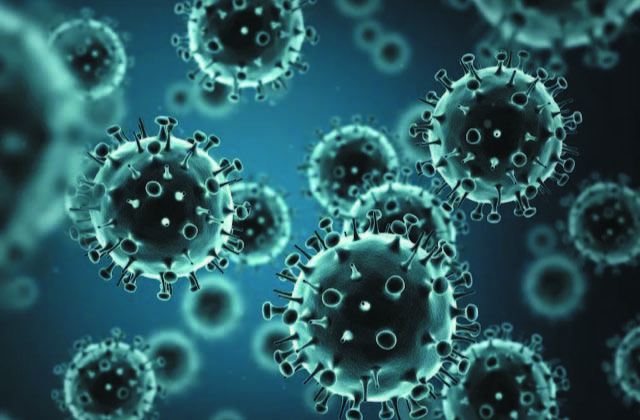Elizabeth A. Dorn, M.S.N., C.R.N.P.
“Just the flu” has taken on a whole new sense of gravity in the past 18 months. To clear up some misconceptions and offer preventative and treatment information, let’s get started with what it is, and isn’t. The flu is far from an ordinary, run of the mill illness. Even for a normally healthy individual, the burden of suffering due to symptoms associated with the flu can be significant. For those who are very young, elderly, or have conditions that put them at higher risk for severe illness, the consequences can be serious, if not deadly. What are these symptoms? Usually starting suddenly, within a day the effects can go from a bothersome sore throat to a pounding headache. Fever, cough, runny nose, muscle aches, fatigue are common, and some also suffer vomiting and diarrhea ( more common in children). It’s been described as feeling as if you’ve been “hit by a bus.” Not everyone has the same constellation of symptoms, which leads to a lot of misdiagnosis, unfortunately. So, what IS this unfortunate ailment? And what can we do about it?
Influenza is a highly contagious infection of the respiratory tract caused by a virus and transmitted by airborne droplet infection (Mosby, 1994). A report in National Geographic (Wu, April, 2020) indicated that there are more viruses than stars in the universe, an estimated 10 nonillion (10 to the 31st power)! Many live on or in our bodies, not causing any problems. Some even help us, killing certain bacteria before they can cause disease. Research goes on to ascertain if viruses might counteract the aggressive rise of antibiotic-resistant bacteria, a scourge that threatens our health today. There are various forms of influenza; the Hong Kong, avian, swine, Spanish flu. According to the CDC, 5%-20% of the population is infected with influenza annually, 225,00 hospitalizations and more than 20,000 deaths are attributed to the flu each year (NCBI, 2004). Now, what to do about it? The best course of action is, always, prevention. The virus is spread by airborne droplets, so correct hand washing and cleansing of surfaces is essential. We’ve all gotten pretty good (hopefully) at sneezing or coughing into our elbows, washing our hands (yup, still for at least 20 seconds) and not touching our eyes, nose & mouths. It’s important to keep these habits up. Wiping down doorknobs, telephones, computer keyboards, shopping cart handles, etc. is still important. A flu shot is a good idea so that our bodies’ T cells can make antibodies to the virus(es) deemed most prevalent within the year and can mount a faster defense in the event that microorganism invades our bodies. Did we set back our immune reactions with all of the Covid-19 safeguards? The experts tell us that the rates of flu were considerably lower last year, due in large part to the measures people took to prevent coronavirus transmission. Our immune system didn’t get the opportunity to be confronted by the flu to the degree that it usually does because we adopted the advised social isolation and infection prevention measures. Any decline in immune response, though, is mitigated against the chance of contracting COVID-19. Our immune systems, with assistance from a good night’s sleep, a healthy diet, exercise and important prevention activities, will adapt to mount the necessary defense against this year’s influenza strains. What to do if the influenza virus does find its way through your defenses? STAY HOME from work, school, shopping, etc. Drink plenty of fluids, take fever-reducing agents such as ibuprofen or acetaminophen as necessary and be in touch with your healthcare provider for testing.


